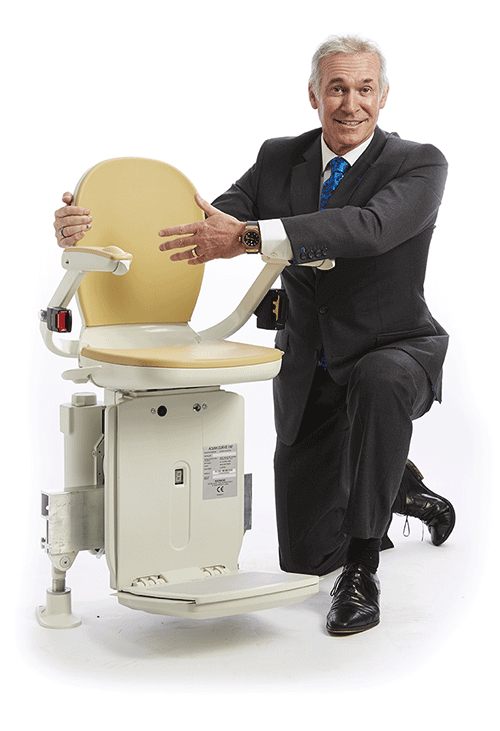Elder abuse is a silent crisis—and far more widespread than many people realise.
According to the World Health Organisation, 1 in 6 people aged 60 and over have experienced abuse in community settings within the past year. In institutional care settings, the issue is even more alarming—2 in 3 staff members have admitted to committing abuse.
And the problem is growing. As our global population continues to age, the number of people over 60 is expected to rise from 900 million in 2015 to almost 2 billion by 2050.
This is why World Elder Abuse Awareness Day, observed on 15 June each year, is so essential. It brings attention to a critical human rights issue, encourages prevention, and reminds us all of the importance of treating older people with dignity, compassion, and respect.
What Is World Elder Abuse Awareness Day?
Established in 2006 by the International Network for the Prevention of Elder Abuse, with support from the World Health Organisation, this global awareness day was created to spark change. It helps build understanding of elder abuse, what it looks like, and how to take action to stop it.
When Is World Elder Abuse Awareness Day?
World Elder Abuse Awareness Day is marked each year on 15 June.
In 2025, it falls on a Sunday.
What Is Elder Abuse and What Forms Can It Take?
What Counts as Abuse?
Abuse is any act—or failure to act—that causes harm, distress, or suffering to another person. Elder abuse includes not only physical violence, but also emotional abuse, neglect, financial exploitation, and sexual abuse.
It can occur anywhere—at home, in aged care, or in the wider community—and often goes unreported.
Understanding Neglect
Neglect happens when someone fails to meet an older adult’s basic needs. This might involve not providing enough food, clean water, or medical care.
There is also self-neglect, where an individual can no longer care for themselves due to age, illness, or mental health challenges.
Warning Signs—How to Spot the Signs of Elder Abuse
Physical Abuse
- Unexplained bruises, cuts, or burns
- Frequent injuries
- Fearfulness around certain people
- Avoiding physical contact
Financial Abuse
- Sudden loss of money or valuables
- Changes in banking or legal documents
- Unpaid bills despite sufficient funds
- Suspicious transactions or purchases
Emotional or Psychological Abuse
- Anxiety, depression, or fear
- Withdrawing from social life
- Sudden mood changes
- Avoidance of specific individuals
Sexual Abuse
- Unexplained injuries or infections
- Fear of being touched or bathed
- Damaged or missing undergarments
- Distress when left alone with certain people
Neglect and Self-Neglect
- Poor hygiene or unclean living conditions
- Lack of essential items like glasses, medications, or walking aids
- Malnutrition or dehydration
- Unsafe living environments
Can Elder Abuse Be Prevented?
While abuse is never the victim’s fault, there are steps we can all take to protect and support older adults.
Prevention starts with awareness and meaningful action.
World Elder Abuse Awareness Day—6 Ways to Help Prevent Elder Abuse
1. Support Social Inclusion and Daily Interaction
Isolation is one of the biggest risk factors for elder abuse. Encourage regular connection with neighbours, community members, and loved ones. Whether it’s a walking group, weekly phone chat, or attending a local event, staying socially engaged helps protect mental health and reduces vulnerability.
2. Be Mindful When Choosing Carers and Facilities
When selecting a caregiver or aged care provider, take the time to do background checks, ask questions, and observe how the person interacts with your loved one. Ongoing support and shared caregiving responsibilities can prevent burnout, while regular visits help keep older adults safe and seen.
3. Keep Communication Honest and Frequent
Frequent and open conversations build trust and offer insight into how your loved one is really doing. Encourage honest discussions and be observant—changes in tone, emotion, or physical condition may indicate something deeper. The more you talk, the more likely they are to share any concerns.
4. Help Older Adults Stay Scam-Aware and Financially Safe
Fraudsters often target older people through emails, phone calls, or door-knocking schemes. Discuss common scams, encourage caution, and help them keep their finances secure. Where needed, assist in reviewing transactions or legal documents while still supporting their independence.
5. Promote Autonomy in Daily Life
Allowing older adults to make their own choices—about what they wear, eat, or do each day—reinforces dignity and confidence. Simple home adaptations, like installing an Acorn stairlift or a grab rail, can make life easier and safer without undermining their freedom or independence.
6. Encourage Participation in Local Support Networks
Community programs, group meetups, and peer support initiatives offer more than just socialisation—they provide a safe and welcoming space to share experiences and voice concerns. Encouraging loved ones to get involved builds confidence and provides emotional support when it’s most needed.
What to Do If You Suspect Elder Abuse
If you suspect that an older person is being abused—or has been in the past—don’t ignore the signs.
Take these steps:
- Talk to them in a calm, supportive way
- Reach out to a GP, aged care worker, or health professional
- Call emergency services if immediate danger is involved
- Report concerns to a trusted elder abuse support organisation
Most importantly, let them know they’re not alone. Healing takes time, but having someone to trust can make all the difference.
Click here for resources to help you report elder abuse incidents in Australia. If it is an emergency or a life-threatening situation that needs immediate action, please call triple zero: 000.

